How to grow clematis in the Urals, what care do they need?
Planting clematis in the Urals seems impossible to someone, but there are varieties that take root well in this area and delight their owners with flowering. Liana blooms very decoratively, but its attractiveness is not only this - it is useful, purifies the air and is often used in medicine. The leaves and stems contain essential oils, vitamins and tannins, which are used to produce medicines for the treatment of pain in the back and joints, for various inflammations and to relieve stress.
Types of clematis
The genus belongs to the Buttercup family, there are about 230 species in it. The reason for the development of selection was the emergence of a large-flowered hybrid - Clematis Zhakman, which was obtained by crossing three wild-growing species. There are currently about 2000 varieties.
These plants differ not only in decorative qualities, but also in structural features. They may be:
- herbaceous perennials;
- semi-shrubs;
- shrubs;
- lianas.
Herbaceous perennials completely dry out the aboveground part for the winter. Only the rhizome is preserved. This type includes the following clematis:
- brown;
- forest;
- straight;
- texas;
- Manchurian;
- six-petal.
In winter, semi-shrubs retain only a part of the shoots; the top dies off by the end of the growing season. The lower part, where the branches are already lignified, is preserved. This species includes various forms of hogweed and whole-leaved clematis. Shrubs are distinguished by completely lignified branches that winter well. These include clematis shrub lobed and Tangut.
Vines are fast-growing plants that need support, as their branches are thin and brittle. This large group, popular with gardeners, includes the following types of clematis:
- grape-leaved;
- Oriental;
- mountain;
- clematis Peter;
- burning;
- Chinese;
- short-tailed;
- evergreen;
- ligous-leaved;
- paniculate;
- Violet.

Types of clematis for growing in the Urals
Evergreen clematis, Petera and mountainous not always successfully winter in the 3rd and 4th climatic zones - they have a too short dormant period. Shoots of grape-leaved clematis, as well as eastern, pungent and purple, can withstand up to -20 ° C, which is not enough. But seedlings of these species are still sold in large shopping centers, although growing them outdoors is impossible. Such vines will look good in greenhouses and conservatories, or as a pot culture. For the Urals, hybrids belonging to the second and third pruning groups are suitable, the shoots of which are partially shortened or completely removed. Some species require shelter for the winter.
Based on the maternal classification, the following groups of clematis are recommended for this region.
- Jacquemann hybrids - large-flowered bush-shaped lianas, shoots up to 4 m, with beautiful feathery leaves and a developed root system. Growing and care is simple. Flowers up to 20 cm in diameter, usually lilac in color. These varieties bloom profusely and continuously on this year's shoots. The branches are cut completely or left up to 30 cm.
- Whole leaf clematis hybrids (Integrifolia) - allocated in a separate group of shrub clematis, representatives are shrubs up to 2.5 m high. Flowers up to 12 cm in diameter, in the form of a bell. Flower buds appear on this year's shoots, a strong pruning is needed after the first frost.
- Lilac Clematis Hybrids (Viticella) - bush-shaped vines, shoots up to 3.5 m with complex leaves and large flowers, up to 12 cm in diameter, with a predominance of pink, purple and red shades. They can form up to 100 colors. They bloom on this year's shoots, which are completely cut by winter.
Clematis Vititsella, woolly, Jackman, Virginia, serrate-leaved, gray-gray, short-tailed, Tangut are able to withstand up to -27 ° C, their tissues are not damaged. These species are optimal for the 3rd and 4th climatic zones. The leader among the Ural varieties is considered to be Ville de Lyon (Ville de Lyon) - a magnificent, profusely flowering variety with carmine flowers and shoots up to 4 m long, belonging to the 3rd pruning group.
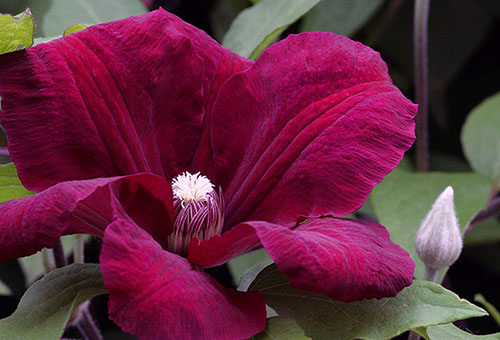
The best varieties of clematis for the Urals
Some varieties loved by many gardeners from the first and second pruning groups are capable of wintering in this region, but may die. These are such Japanese hybrids as Little Mermaid (Little Mermaid), Kaen (Kaen), Kakio (Kakio). They can grow in the Urals, but develop very slowly. The Florida group is even more capricious: Daniel Deronda (Daniel Deronda), Jeanne d'Arc (Jeanne d'Arc), Alba Plena (Alba Plena) and others are often found in gardens, but they bloom very sparsely, and care for them in preparation for winter rest quite time consuming.
From the second group of pruning, several varieties can be distinguished, the care and cultivation of which is quite easy: they bloom profusely on the shoots of this year, weakly on last year. These are Mrs Cholmondeley (Mrs. Cholmondeli), Blue Light (Blue Light), Rouge Cardinal (Rouge Cardinal). From terry varieties - Purpurea Plena Elegans (Purpurea Plena Elegans). Bloom in July. Representatives of the third pruning group, the shoots of which are completely cut off for the winter - Jackman's clematis, Vititsella, Integrifolia - grow well and bloom in the 3rd and 4th climatic zones. These are such varieties as Ernest Markham (Ernest Markham), Hagley Hybrid (Hegley Hybrid), Prince Charles (Prince Charles).
Planting clematis in the Urals
In the Urals, clematis is planted in the spring, so that by winter the bushes will get stronger and take root successfully. Seedlings with a closed root system, purchased from shops and landscaping centers, are planted in a well-lit place, protected from the winds. From the vertical surface to the trunk, the distance should be at least 20 cm. A pit for young clematis is prepared in advance by digging it with a diameter of 0.6-0.7 m, depending on the soil. For poor soil, it is better to make it wider so that there is room for organic fertilizers.
If the groundwater at the site is high, drainage should be placed at the bottom of the pit. Plants do not like excessive moisture, high acidity and heavy clay soil; planting in a nutritious loose substrate is recommended. It is better to pour sand, perlite or vermiculite at the bottom of the pit as a baking powder. The soil is mixed with humus, you can additionally lime it. Clematis responds well to the introduction of superphosphate - this has a positive effect on flowering.
Advice
The planting site for clematis should be chosen far from the drain, since these vines do not react well to excess moisture.
It is best to prepare the substrate in the fall to neutralize the lime. Planting seedlings begins with pruning shoots up to two buds and treating the root system - the rotten and dried parts are removed, sprinkling the cuts with crushed coal, the roots are spread and covered with earth, tamping it a little. It is better to fix the shoots immediately and direct them along the support, this makes it easier to care for them. The soil is watered abundantly.
Clematis care in the Urals
Proper care is the key to abundant and long-term flowering of clematis. The shoots of this vine develop quickly, so it needs a lot of water, especially in summer. It is useful to loosen and mulch the topsoil to reduce the drying out of the soil - this greatly facilitates the care of clematis in the Urals. You can plant ground cover plants around, which will serve for additional shading and moisture in the soil, and protect the root system from overheating.
Other perennials will look good next to clematis: wild grapes, actinidia, Kampsis... Or decorative annuals: tunbergia, moonflower, morning glory. These vines need support because their thin and brittle branches suffer greatly from the wind.When planting is planned, it is better to immediately decide how to direct the shoots in the right directions, otherwise they will later intertwine on their own. It is important to regularly weed the weeds around - the weeds are best burned.
Advice
Weak support for clematis can damage the branches, causing a variety of infections and diseases. Such a bush must be powdered with a mixture of ash and sand and tied to a reliable support.
For high-quality flowering, plants will need a lot of nutrients, therefore clematis must be fed regularly. It is good to periodically deoxidize the soil by adding chalk or hydrated lime. They are fed with both organic and mineral fertilizers about 3 times per season. There are special mixtures, but you can use a universal top dressing for flowering plants, which is applied at the root or sprayed on the leaf. It is important that it contains substances such as boron, cobalt and nitrogen.
Autumn care consists in preparing for the dormant period: clematis are freed from support, the shoots are laid on the ground, pressed on top with boards and covered with special material or spruce branches. From above the bush is covered with a film, under which you can put poison for mice.
Reproduction of clematis in the Urals
Reproduction of clematis is possible in several ways: seeds and cuttings, dividing the bush and layering. The latter method is popular among amateur gardeners. To get new plants, several narrow grooves are made near the mother liquor, into which the stem shoot must be dug. It will take root underground. So during the season you can get more than a dozen young clematis. Another method has proven itself well - grafting. Propagation by cuttings is best done in a greenhouse.
Shoots are cut from healthy shrubs at about 3 years of age and planted in distribution boxes. Planting is carried out in a light substrate from a mixture of sand and peat. You can add perlite or other baking powder. Rooting occurs in about a month and a half. Caring for cuttings consists of regular watering and spraying. Young clematis can be planted in the ground in spring. The easiest option is to reproduce by dividing the bush. But this method has a significant drawback - a violation of the root system of the mother plant.
So, caring for clematis in the Urals is an easy task if you choose the right group of plants that is suitable for this climatic zone. It is best to choose hybrids of Jacquemann, Integrifolia, Viticella and some other representatives of the 2nd and 3rd pruning groups. For the winter, most species require shelter.
For planting these vines, choose a place protected from the wind. Clematis need strong support so that the shoots do not break. An important parameter of the soil is moisture capacity. These plants love abundant watering, but do not tolerate stagnant moisture. It is important to apply top dressing regularly, about 3 times per season, depending on the variety. You can propagate by layers, cuttings, seeds, dividing the bush.
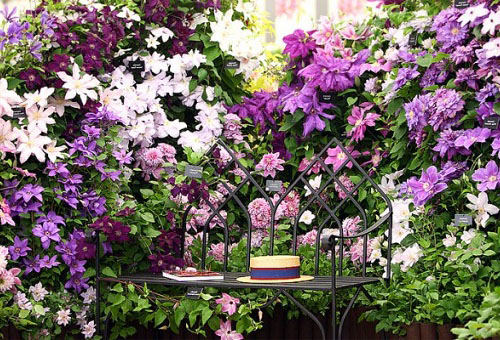
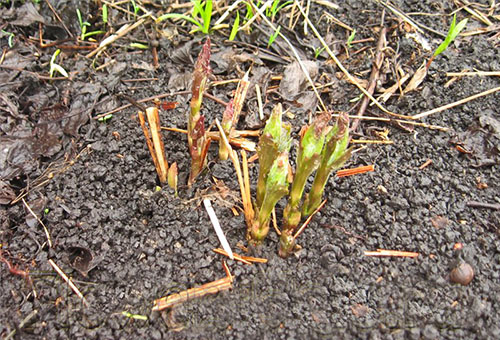
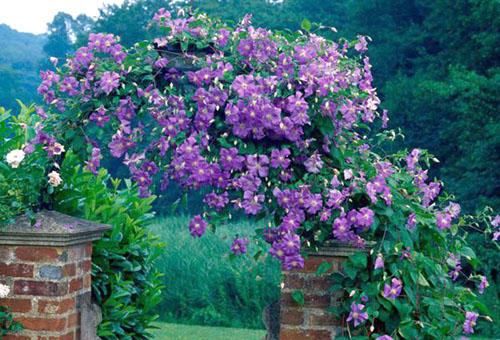


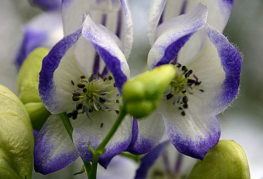
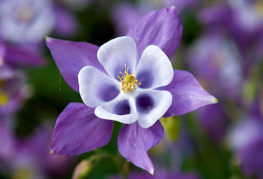
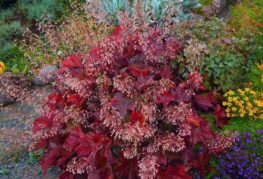


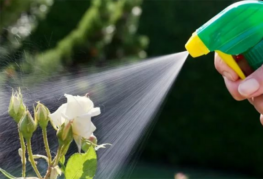
and will be published shortly.